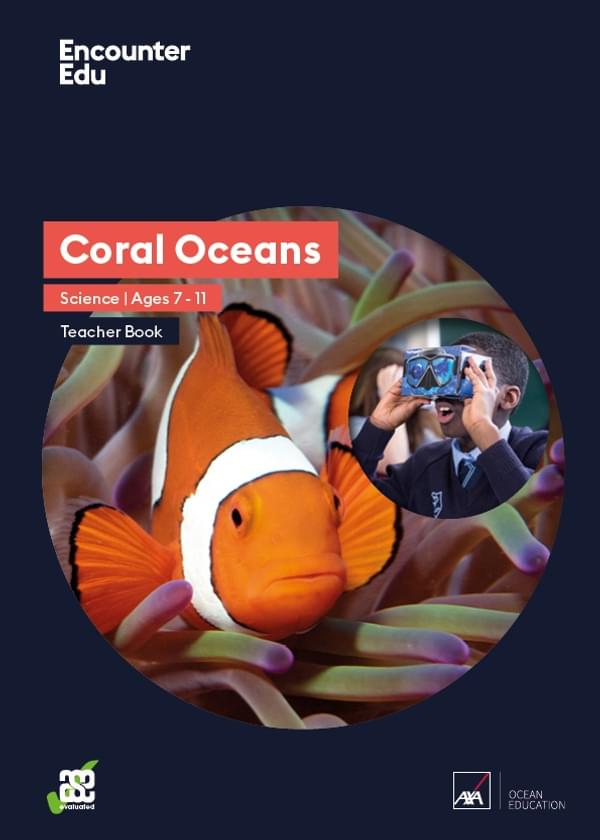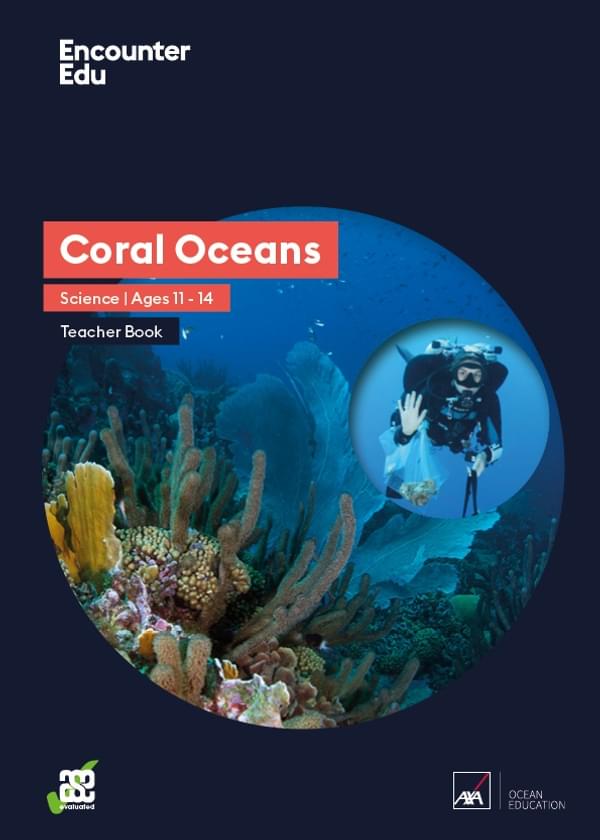Use the six thinking hats to generate questions
Edward de Bono devised the six thinking hats in 1985 as a tool for discussion and individual thinking. The premise of the method is that the human brain can think in a number of ways and can be deliberately challenged.
Each hat is used for a limited time, as some will feel unnatural or uncomfortable to the user but will allow the individual to consider a problem or issue from a range of perspectives. The thinking hats are an excellent tool for developing students’ ability to construct higher order questions.
We have themed our thinking hats for an expedition and a summary of each expedition team member and some example question stems are available below. As a starting point you could ask your students to compose questions for one of the expedition team members using each of the hats.
Expedition team member: Field researcher
Thinking hat: White
Description: Objective, neutral thinking in terms of facts, numbers and information. With this thinking hat you focus on the data available.
Question stems: What is the temperature? What are your coordinates? How many days have you been on location?
Expedition team member: Film maker
Thinking hat: Red
Description: Emotional, with judgements, suspicions and intuitions. Wearing the red hat you look at problems using intuition, gut reaction and emotion.
Question stems: How do you feel when…? What do you think about…? What worries you about…? How would you react if…?
Expedition team member: Safety officer
Thinking hat: Black
Description: Negative, sees risks and thinks about why something will not function. Using this hat look cautiously and defensively at all the bad points of the decision. Try and see why it might not work.
Question stems: What are the main problems with…? What do you find hard about…? What challenges do you face when…?
Expedition team member: Chief scientist
Thinking hat: Yellow
Description: Positive, optimistic, clear, effective and constructive. This hat helps you think positively and to see all the benefits of the decision and the value in it.
Question stems: What is the best thing about…? What is your favourite…? What progress has been made in…?
Expedition team member: Field guide
Thinking hat: Green
Description: Creative, seeks alternatives. The green hat is where you can develop creative solutions to a problem. It is a freewheeling way of thinking in which there is little criticism of ideas.
Question stems: What can we do about…? How can we get involved? What do you do when…?
Expedition team member: Expedition leader
Thinking hat: Blue
Description: Thinking about thinking. The blue hats role is to keep an overview of what thinking is necessary for the thinking itself.
Question stems: How should we think about…? What do we need to know about…before we…? What skills attributes do you require in order to…?

Science | Ages 7-11
Coral Oceans
These resources for ages 7-11 are based on the journeys undertaken by science teams taking part in the XL Catlin Seaview Survey expeditions. These resources present a complete scheme of work for the science classroom, covering core science and sustainability curriculum areas as well as enhancing students' creative and communications skills.

Science | Ages 11-14
Coral Oceans
These resources for ages 11-14 are based on the journeys undertaken by science teams taking part in the XL Catlin Seaview Survey expeditions. Starting with the Great Barrier Reef in 2012, these expeditions seek to create a baseline survey of the world's reefs as well as more in-depth research on the deep reef lying between 30m and 100m.